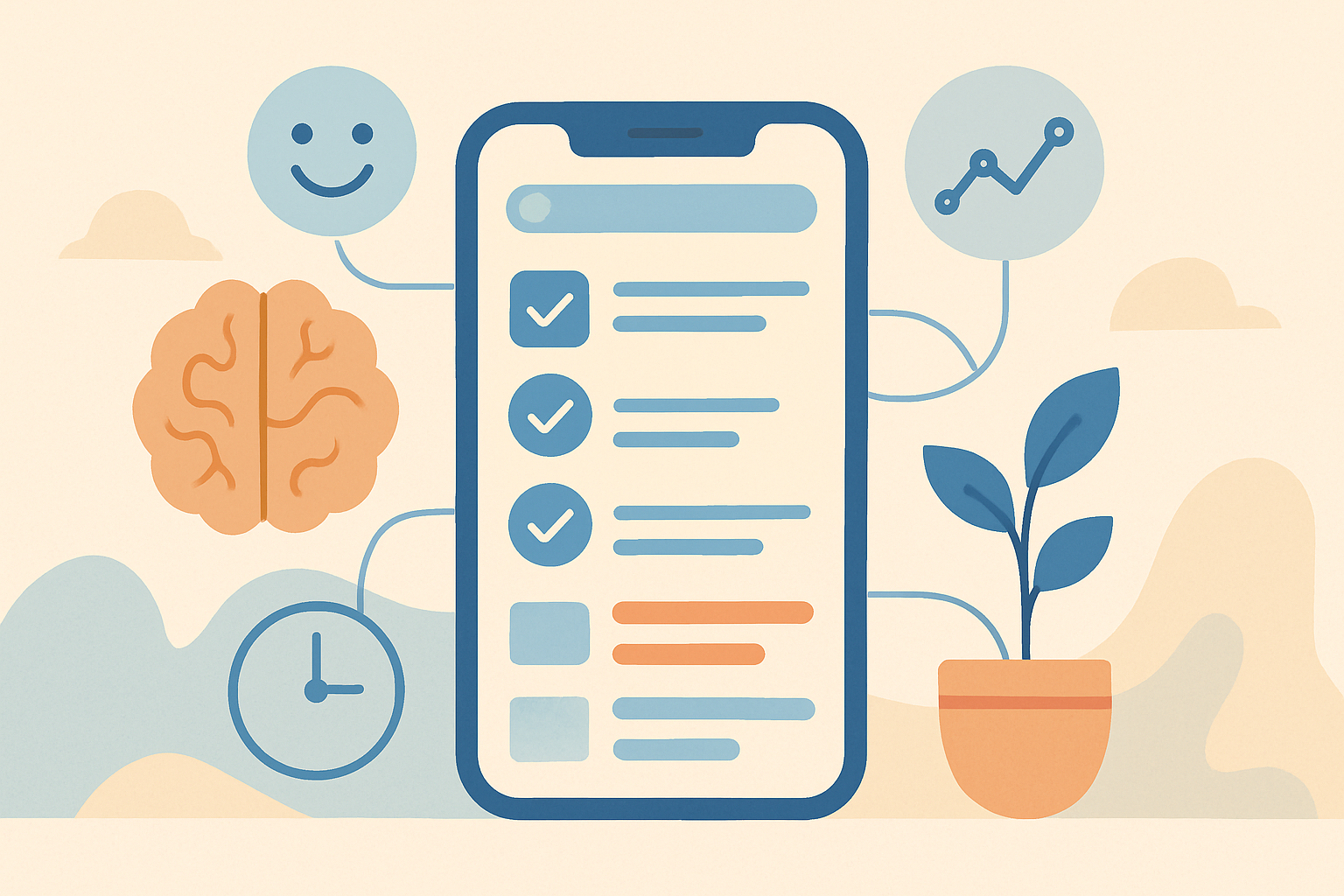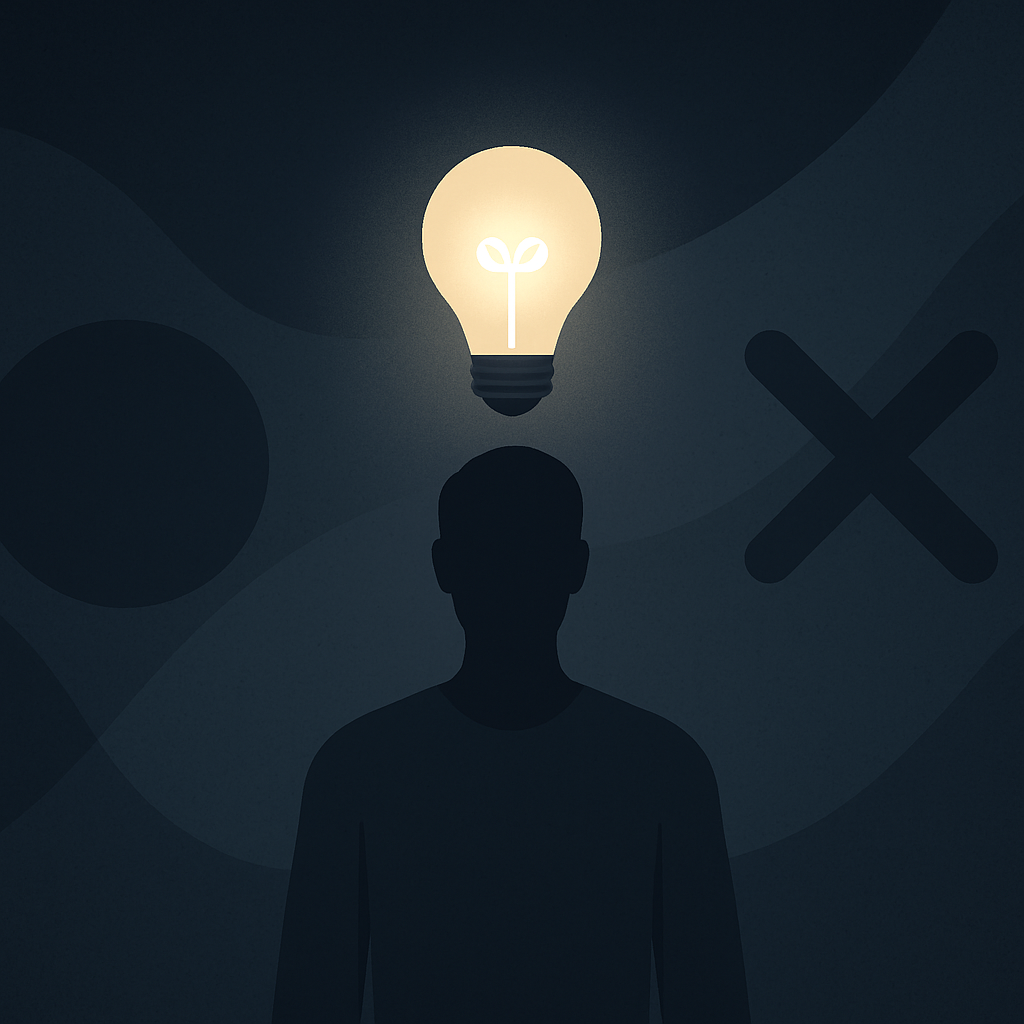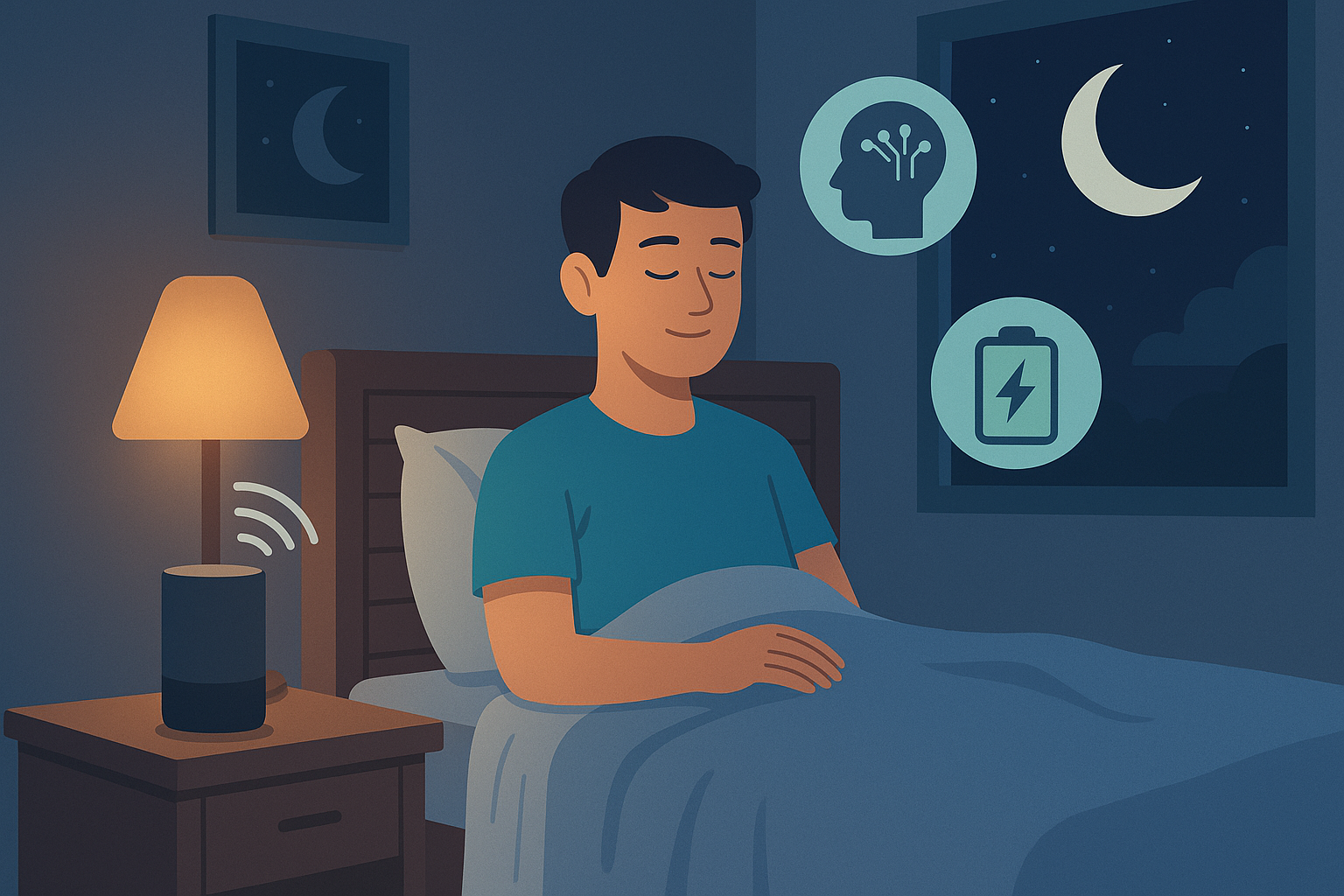AI Tools Focus isn’t just about willpower — it’s about architecture.
In a world of constant stimulation, our attention has become fragmented by design.
But the same artificial intelligence that hijacked it can now help rebuild it.
AI tools are no longer just for automation. They’re becoming instruments of cognitive training — systems that retrain your brain to resist distraction, sustain attention, and restore mental clarity.
The result isn’t just productivity. It’s presence.

The Neuroscience of Concentration
Concentration is a skill shaped by neuroplasticity — the brain’s ability to rewire itself through repetition and feedback.
When we focus deeply, neural pathways in the prefrontal cortex strengthen, improving working memory and decision control.
But each time we multitask or scroll aimlessly, we reinforce the opposite — fragmented pathways that make sustained attention harder over time.
AI helps reverse this pattern by creating feedback loops for attention.
Instead of letting algorithms steal focus, we use them to rebuild it.
Example:
AI-based platforms like FocusCalm monitor real-time brain activity using neurofeedback headbands. When your concentration wavers, the system plays auditory cues or adaptive soundscapes to bring your brain back to its optimal state.
This is the future of mental conditioning — a blend of neuroscience and machine learning that teaches your mind how to focus again.
How AI Tools Reprogram the Attention Loop
Traditional productivity apps track tasks.
AI tools track mental states.
By integrating biofeedback, behavior analysis, and environmental optimization, they detect distraction before you even feel it.
Imagine an AI that knows your cognitive rhythm — when you’re most alert, when fatigue sets in, and what triggers loss of focus.
That awareness allows your system to adjust lighting, sound, and even workload dynamically.
| Function | AI Tool Example | Effect on Concentration |
|---|---|---|
| Neurofeedback | FocusCalm | Strengthens attention control |
| Environmental optimization | Reclaim AI | Protects deep work windows |
| Sound synchronization | Brain.fm | Aligns neural oscillations |
| Context automation | Motion AI | Reduces digital friction |
| Reflective journaling | Notion AI | Identifies mental triggers |
These tools don’t just improve productivity — they reshape cognitive behavior.
From Distraction Management to Neural Training with AI Tools
Most digital tools focus on blocking distractions.
AI goes further by training the cause of distraction — the wandering mind.
Through pattern recognition, it observes your habits, detects moments of drift, and reintroduces structure.
This process retrains the brain to associate focus with calm, not tension.
Example:
When your typing rhythm slows or your cursor pauses, FlowState AI recognizes the micro-gap of distraction.
It responds by activating a minimal overlay — dimming unrelated tabs and re-centering your task view.
You don’t have to fight distraction — your system quietly corrects it in real time.
Over days, this creates a subtle shift: attention becomes self-reinforcing, just like a muscle gaining strength.
The Brain-Technology Feedback Loop
AI tools operate as mirrors of cognition.
They provide data your brain can’t perceive — attention levels, micro-pauses, or even stress signatures hidden in typing patterns.
That feedback becomes awareness.
Awareness becomes control.
For example, Neurable uses EEG sensors to visualize attention zones during work sessions.
You can literally see when your focus peaks or fades, then adjust your environment accordingly.
This transforms the abstract — “I’m distracted” — into something visible and measurable.
Once you can see it, you can change it.
AI Tools Example: A Daily Workflow for Rewired Focus
8:30 AM — FocusCalm runs a quick neural calibration to measure baseline attention.
9:00 AM — Reclaim AI blocks your peak cognitive hours for deep work.
9:10 AM — Brain.fm synchronizes your brain’s theta waves with adaptive sound.
11:00 AM — Motion AI shifts meetings automatically based on attention metrics.
Afternoon — Notion AI generates a reflective summary of energy and emotional tone.
By evening, your dashboard visualizes focus quality across the day — like a digital EEG for productivity.
Each day reinforces neural precision through repetition and feedback.
This is how intelligence becomes awareness — and awareness becomes flow.
AI Tools That Retrain Cognitive Patterns
Below are some of the most effective tools for restoring sustained concentration:
| Tool | Core Function | Ideal Use Case |
|---|---|---|
| FocusCalm | Neurofeedback and relaxation | Mental conditioning |
| Brain.fm | Neural synchronization with music | Deep work sessions |
| Motion AI | Automated scheduling & distraction control | Time optimization |
| Neurable | Brain-computer interface | Cognitive measurement |
| Notion AI | Reflective thought organization | Self-awareness & journaling |
Each of these platforms doesn’t just support focus — it teaches it.
Through repetition, they condition the brain to prefer depth over distraction.
The Emotional Component of Concentration
Sustained focus isn’t about ignoring emotion — it’s about regulating it.
AI systems are now sophisticated enough to integrate emotional tone into cognitive tracking.
If your writing reflects anxiety or overstimulation, your AI assistant might recommend recovery intervals.
If patterns show optimism and clarity, the system reinforces that window for future work sessions.
This interplay of emotion and cognition creates a new feedback model: not cold automation, but intelligent empathy.
The result is focus that feels natural, not forced.
How AI Strengthens the Brain’s Reward System
Every time you sustain attention, your brain releases dopamine — the reward chemical that reinforces behavior.
AI amplifies this feedback loop through micro-rewards: completion visuals, focus streaks, or sound cues tied to neural calmness.
Unlike gamified productivity apps that chase dopamine through novelty, AI systems use it to train consistency.
Your brain begins associating quiet concentration with satisfaction rather than boredom.
That’s real neuroplastic change — one that lasts beyond the screen.
The Future of Cognitive Design
Within the next few years, AI will merge with neural implants and biometric sensors to create fully adaptive concentration ecosystems.
Your desk will adjust light temperature as your focus wanes.
Your computer will delay notifications until your brain exits deep work mode.
We’re entering an age where technology doesn’t compete for our attention — it protects it.
The true innovation won’t be faster algorithms.
It will be smarter minds.
Conclusion
AI tools are no longer just digital assistants. They are mental architects — reshaping how we think, work, and rest.
By rewiring attention through feedback, they turn focus from an effort into an instinct.
And when intelligence — both human and artificial — align in rhythm, concentration becomes effortless.
The goal isn’t to fight distraction.
It’s to design a mind that no longer seeks it.
Further Reading & Related Insights
Internal link:
- The Science of Deep Focus — Rebuilt by AI — Explore how neuroscience and machine learning work together to create deeper cognitive performance.
External links:
Blog
This section provides an overview of the blog, showcasing a variety of articles, insights, and resources to inform and inspire readers.
-

AI Habit Tracking and the New Rhythm of Modern Self-Improvement
AI Habit Tracking. Progress used to depend on discipline. Now, it depends on data.…
-

AI Decision Making and the New Discipline of Intentional Living
AI Decision Making. Every “yes” has a cost. Every time you agree to something…
-

The Perfect AI Night Routine to Sleep Better and Think Smarter
AI Night Routine. Your morning doesn’t begin when you wake up — it begins…
